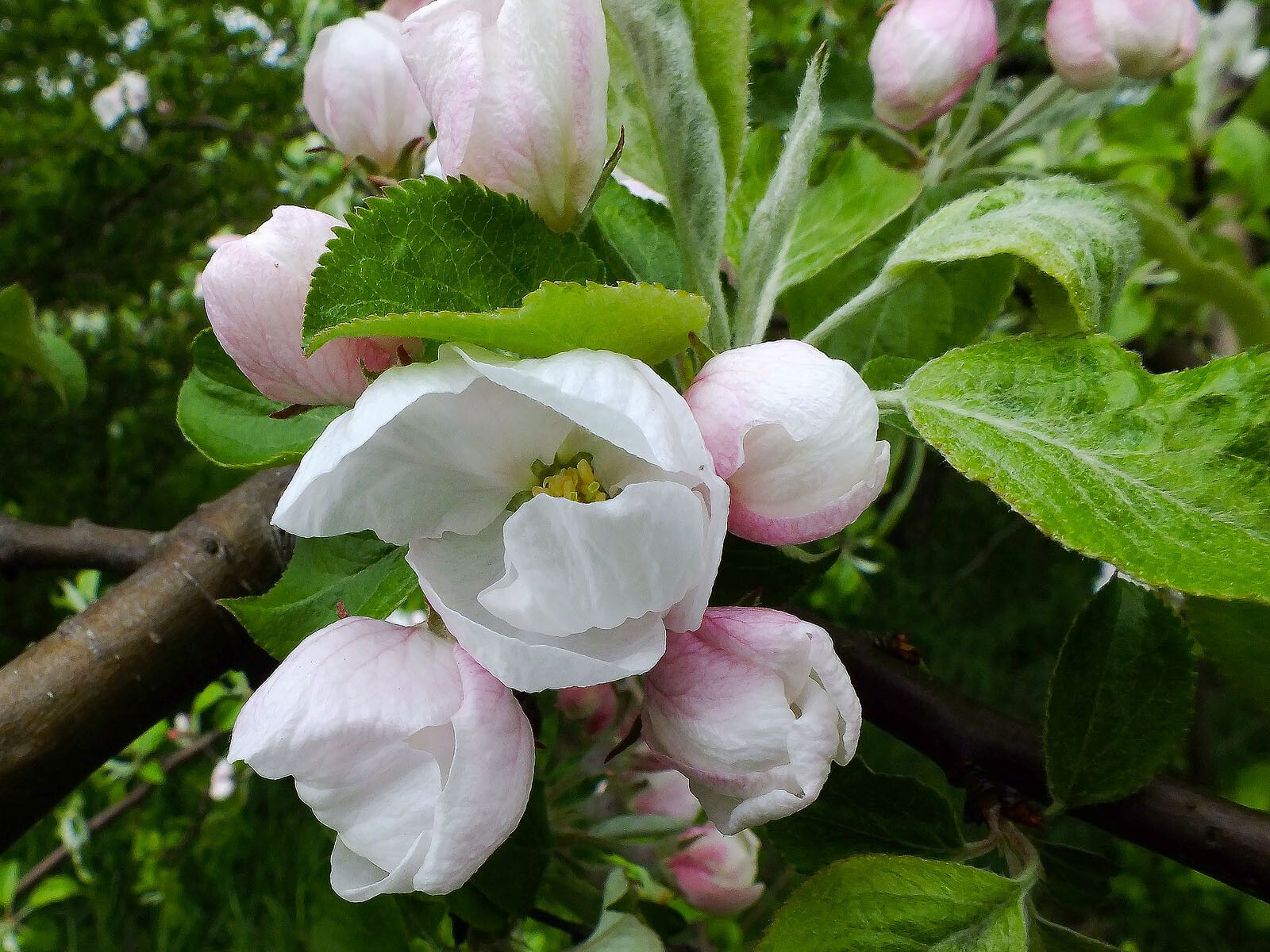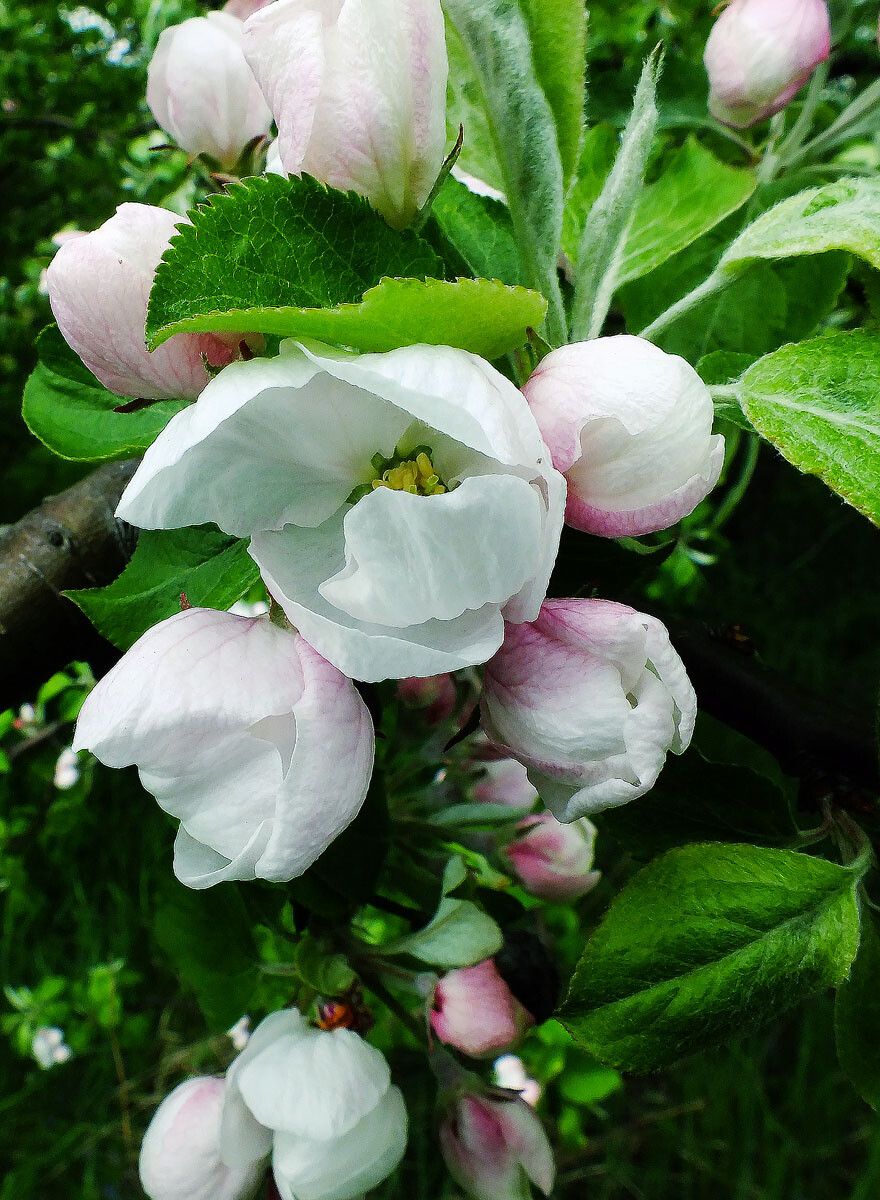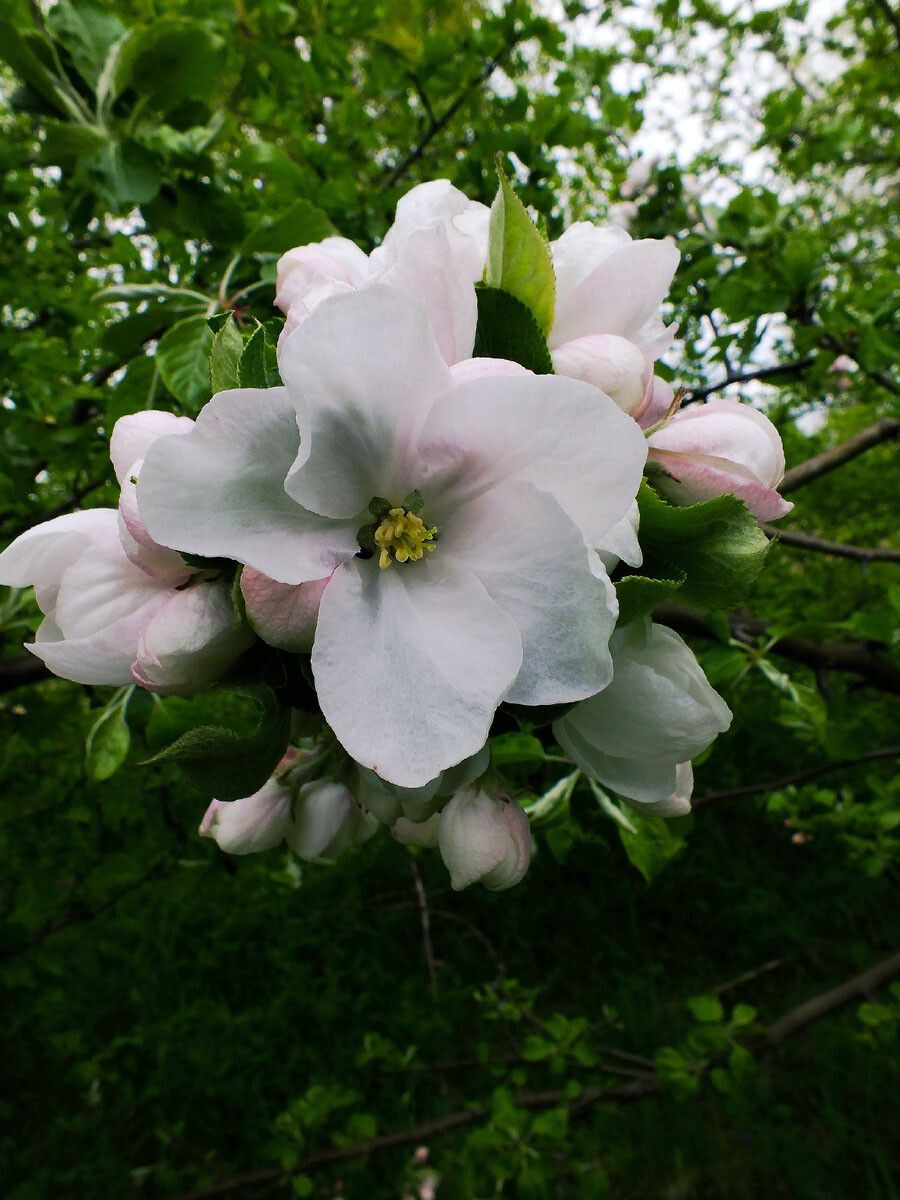ObservacionMalus sylvestris (L.) Mill.observat perA Andrzej KonstantynowiczAndrzej Konstantynowicz2023 d’abril 29
Andrzej KonstantynowiczAndrzej Konstantynowicz2023 d’abril 29
observat per Andrzej KonstantynowiczAndrzej Konstantynowicz
Andrzej KonstantynowiczAndrzej Konstantynowicz
A
2023 d’abril 29
Determinacion
Proposed determination
Nom pus probable (Nom somés)
100 %Confidence score
Suggest another determination
You don’t agree with the suggested species but don’t have another suggestion
COMENTARIS
Donadas suplementàrias
Data e creacion
May 1, 2023
Revision darriera
Oct 9, 2023
Wola Błędowa, near Bratoszewice
It is native to Central Asia, in the area currently known as Kazakhstan, but now spread over the whole Europe.
Bees feeding plant.
Edible plant - fruits raw or cooked, u, used for jellies, preserves and juices, the flavour improves considerably if the fruit is not harvested until it has been frosted; an edible oil can be obtained from the seeds; a very pleasant tea can be made from the leaves.
Herbal plant - fruits are astringent and laxative, crushed fruits' pulp can be used as a poultice to heal inflammations or small flesh wounds; the bark, and especially the root bark, is anthelmintic, refrigerant and soporific, an infusion is used in the treatment of intermittent, remittent and bilious fevers; leaves contain up to 2.4% of an antibacterial substance called 'florin', which inhibits the growth of a number of gram-positive and gram-negative bacteria in as low a concentration as 30 ppm.
Usable plant - fruits are a source of pectin, which is used as a thickener in jams; a red to yellow dye is obtained from the bark; the heartwood is reddish-grey; the 12 - 30 rings of sapwood are a light reddish, when steamed, the wood becomes reddish brown to dark red-brown; the wood is hard, but has a tendency to warp.
Shared in
Grop(e)s (15)





